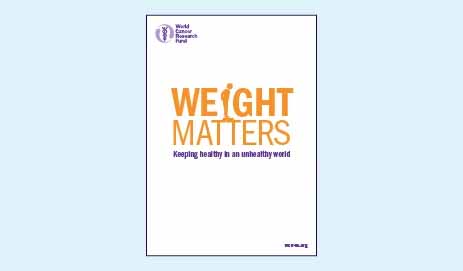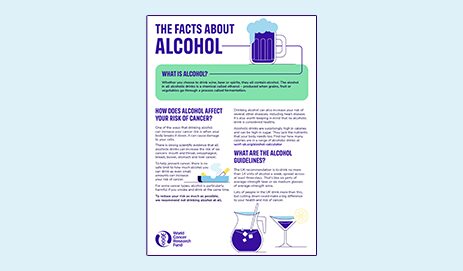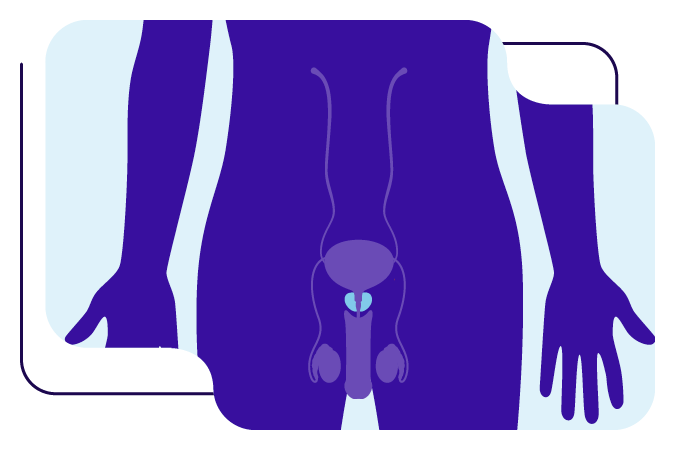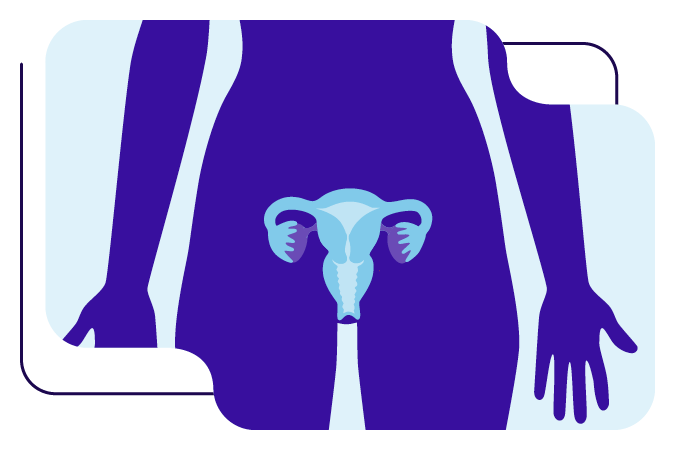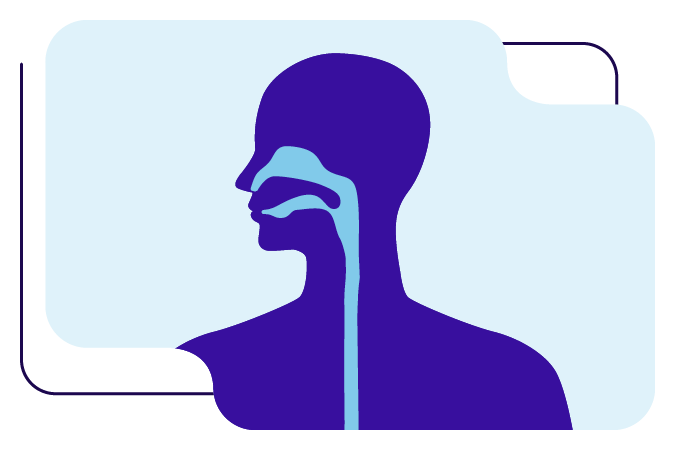Oesophageal cancer
What is oesophageal cancer? Find out how common it is, the causes, and expert advice on how to reduce your risk.
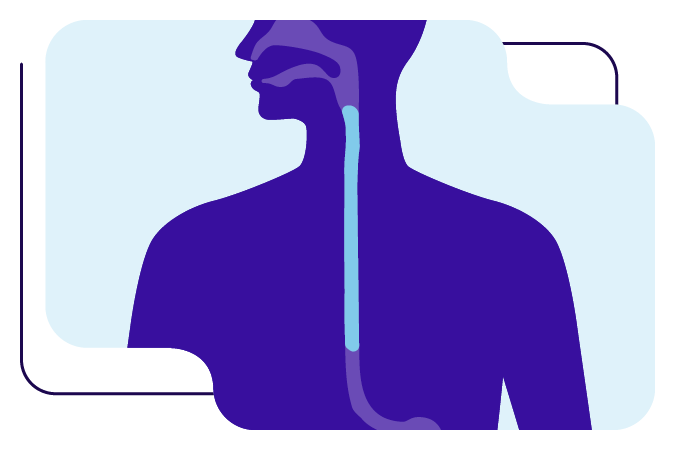
On this page
What is oesophageal cancer?
The oesophagus, also known as the gullet or foodpipe, is a tube that carries food and drink from your throat to your stomach. It’s between the windpipe and the spine.
An adult’s oesophagus is 25–30cm (10–12 inches) long and cancer can develop anywhere along it.
There are 2 main types of oesophageal cancer:
- squamous cell carcinoma – this develops in cells that line the upper part of the oesophagus. About a third of cases of oesophageal cancer in the UK are this type. Globally, the rates are very varied.
- adenocarcinoma – this develops in cells that make mucus and other fluids in the lower part of the oesophagus. The number of cases has increased in the past 20 years and now makes up about two-thirds of cases of oesophageal cancer in the UK. Globally, the rates are very varied.
These 2 types of oesophageal cancers have different risk factors.
How common is oesophageal cancer?
Oesophageal cancer is the 12th most common cancer in the UK (2021 data), and the 11th most common in the world (2022 data).
Men
Oesophageal cancer is the 9th most common cancer in men in the UK, and the 7th most common in men globally.
Women
Oesophageal cancer is the 15th most common cancer in women in the UK, and the 16th most common in women globally.
| Region | Cases | Year |
|---|---|---|
| UK | 9,437 | 2021 |
| World | 511,054 | 2022 |
What are the signs and symptoms of oesophageal cancer?
There are many possible symptoms of oesophageal cancer:
- Problems swallowing
- Heartburn, indigestion or reflux
- Cough that doesn’t go away
- Hoarse voice
These symptoms can be hard to spot and may be symptoms of other less serious conditions.
Find more information on oesophageal cancer symptoms on the NHS website.
Help for you
Our free health guides and cookbooks empower people to reduce their risk of getting cancer. We also help those with a diagnosis cope with treatment, live longer, and enjoy a better quality of life.
Order yours today!
What causes oesophageal cancer?
There are many different things that affect your risk of oesophageal cancer.
Evidence for what can cause oesophageal cancer comes from large population studies (called epidemiology) and biological studies (where scientists look at cells in a laboratory).
If the risk factors below affect you, this doesn’t necessarily mean that you will develop oesophageal cancer.
Alcohol
Drinking alcohol increases the risk of the squamous cell carcinoma type of oesophageal cancer.
Weight
Living with overweight or obesity increases the risk of the adenocarcinoma type of oesophageal cancer.
Smoking
The risk of developing oesophageal cancer is higher in people who smoke or chew tobacco.
Gastric reflux
Acid from the stomach travelling up into the oesophagus can lead to a condition called Barrett’s oesophagus (where cells in the lower oesophagus change to become resistant to acid). This increases your risk, particularly of adenocarcinoma.
HPV
Infection with human papilloma virus (HPV) increases the risk of the squamous cell carcinoma type of oesophageal cancer.
Gender
Oesophageal cancer affects twice as many men as women. This is likely because of smoking, alcohol and exposure to other risk factors rather than gender in and of itself.
Age
Older people are more at risk of developing oesophageal cancer. You are unlikely to develop oesophageal cancer if you are under 40.
Other risk factors
Our Expert Panel of scientists has also looked at other things that may be linked with the risk of oesophageal cancer. The evidence for the risk factors listed below is limited, and we do not recommend that you change your behaviour only on the basis of these risk factors. There is some evidence that:
- vegetables may decrease the risk of oesophageal cancer.
- fruit may decrease the risk of oesophageal squamous cell carcinoma.
- being physically active may decrease the risk of oesophageal cancer.
- processed meat may increase the risk of oesophageal squamous cell carcinoma.
For scientists: full references, pathogenesis and a summary of the mechanisms underpinning our findings on how to prevent oesophageal cancer can be found in our 2018 oesophageal cancer report.
Reduce your risk of oesophageal cancer
Following our Cancer Prevention Recommendations reduces your risk of oesophageal cancer. If you have been diagnosed with cancer, following our Recommendations can reduce the risk of cancer returning.
Don’t smoke
You can reduce your risk of oesophageal cancer by not smoking. If you do smoke, giving up smoking will reduce your risk.
In the UK, the NHS stop smoking service can help you quit.
Don’t drink alcohol
Drinking alcohol increases the risk of oesophageal cancer and other cancers. To reduce your risk of cancer, we recommend not drinking alcohol at all.
> Expert tips on reducing how much alcohol you drink
Be a healthy weight
Reaching – and staying at – a healthy weight can reduce your risk of oesophageal cancer, many other cancers, and other diseases.
But it’s not easy. Visit our weight and cancer page for more information about how weight affects the risk of developing cancer, and support to help you stay a healthy weight.
You can also read about how our Policy team encourage governments to make it easier for everyone to be a healthy weight.

Oesophageal cancer survival
Our Living with cancer section can help if you are living with oesophageal cancer.

